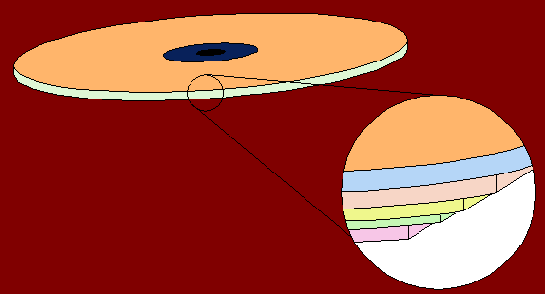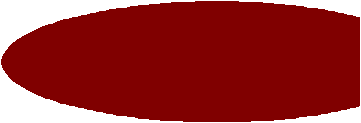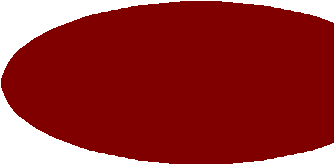Writable CD-ROM
|
|
In order to fully understand how a writable CD-ROM works I suggest you read how a CD drive works first, this information can be found in the Components section.
|
|
Recent price drops in CD-R drives has enabled many PC users to be able to purchase a CD-R. CD-Rs enable you to write data to a special type of compact disc, this could be your music files, your assignments or you could even back up portions of your hard drive.
|
There is one draw back with CD-R and that is that you can only write data to it once, you cant write to portions of the disc that already have data written to them. CD-Rs are write once, read many or (WORM) medium. You can add to data that was written to the disc from an earlier date, but this data can not be deleted or changed once written. CD-R also enable you to transfer large amounts of data from on PC to another providing the CD drive is relatively new.
|
|
The way in which a writable CD-ROM works is as follows:
|
A laser sends a low energy light beam at a CD-R. The CD-R consists of five layers first there is a relatively thick layer of polycarbonate plastic, on top of the plastic is a layer of dyed colour material usually green, above this layer is then a thin layer of gold that will reflect the laser beam, then a protective layer of lacquer and then finally a layer of scratch resistant polymer material.
|
The dyed layer is designed to absorb light at a specific frequency. If the layer absorbs the light from the laser this creates a mark, in one of three ways depending on the type of CD-R. The dye may be bleached; the polycarbonate layer may be distorted; or the dye layer may form a bubble. By creating a mark in any of these three ways the result is distortion, called a stripe, along the continuous spiral track. Information is wrote to the CD-R by turning the write laser on and off thus creating many stripes of different lengths and sizes and also blank intervals between the stripes.
|
|
|
|
|
|
|
|
|
|
|
|
|
|
|
|
|
|
|
|
|
The stripes and blanks act as the land and pits of a normal CD. So when the read head reads; if it hits a mark on the disc that has not been distorted the beam is reflected back off the gold layer straight back to the read head. If the beam hits a stripe the the distortion scatters the light beam so no light is returned. The next steps are the same as in a normal CD.
|
Each time the light is reflected back it generates an electrical pulse, from the pattern of the pulses of current the writable CD-ROM decompresses the data. Error checks it and sends it to the computer in binary code i.e. 1s and 0s, representing electrical pulses.
|
|
The next stage is CD-RW, these are Re-Writable CDs, that can have data written and then erased, thus you could fill a CD-RW with data, then remove this data and the CD-RW would be reusable without loosing any space.
|












